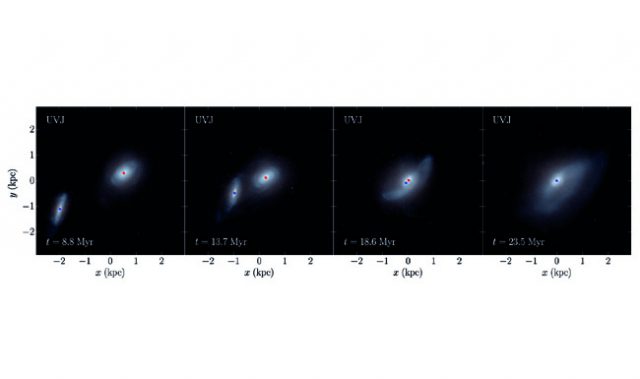
AsianScientist (Aug. 29, 2016) – The world’s second fastest supercomputer in China has run a prototype of the software system that will manage data from world’s biggest telescope.
The Tianhe-2 supercomputer, located at the National Supercomputing Center in Guangzhou, China, has 16,000 computer nodes and can perform quadrillions of calculations per second. It was the world’s fastest supercomputer from June 2013 to June 2016 according to the TOP500 list rankings.
The Square Kilometer Array (SKA) is arguably the world’s largest science project, with the low frequency part of the telescope alone set to have more than a quarter of a million antennas facing the sky. Each of the two SKA telescopes will produce enough data to fill a typical laptop hard drive every second.
The complete software system, currently being designed by an international consortium, will process raw observations of distant stars and galaxies and turn them into a form that can be analyzed by astronomers around the world.
“It is known as the SKA Science Data Processor, or the ‘brain’ of the telescope,” said Professor Andreas Wicenec, head of data intensive astronomy at the International Center for Radio Astronomy Research (ICRAR) in Australia.
Led by Wicenec and Professor An Tao from the Shanghai Astronomical Observatory in China, the international team led the successful deployment of the prototype science data processor execution framework on Tianhe-2.
The execution framework provides the control and monitoring environment to execute millions of tasks, consuming and producing millions of data items on many thousands of individual computers. This is the scale of processing required for every single SKA observation obtained within 6 to 12 hours.
Wicenec said the framework of the science data processor is data activated. This means that individual data items are wrapped in an active piece of software that automatically triggers the applications needed to process it. According to him, the system is now running 66,000 items; the next stage will bring a few million.
———
Source: International Center for Radio Astronomy Research; Photo: Lu Yutong.
Disclaimer: This article does not necessarily reflect the views of AsianScientist or its staff.












